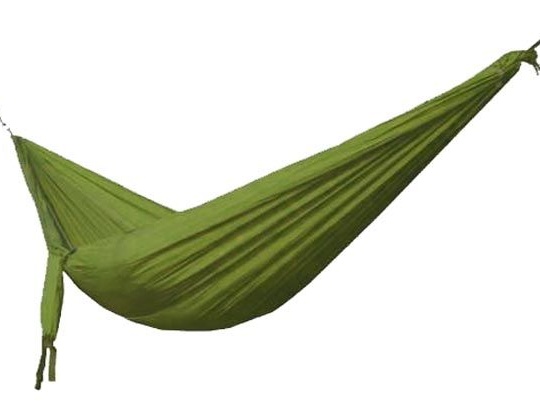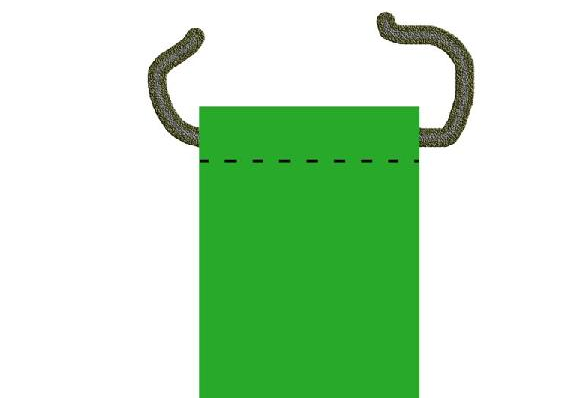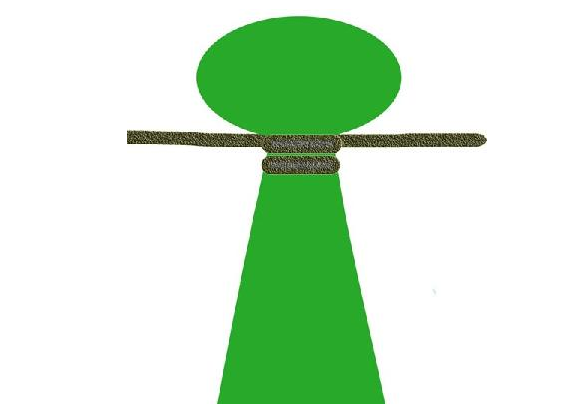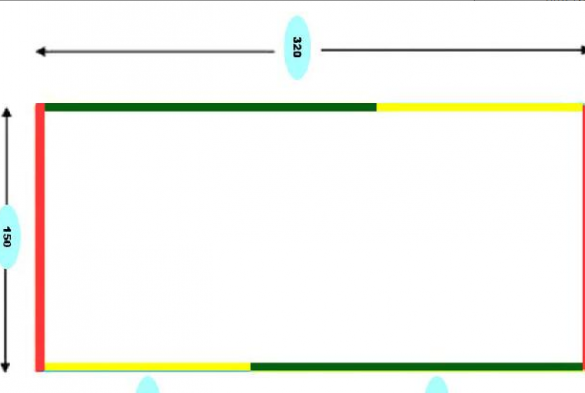
Such a hammock familiar to the human eye appeared in our lives thanks to the Indians. It was they who brought a hammock, chewing gum, tomatoes, tobacco and corn into our lives ... We can talk about the merits of this people for a very long time, but today we will focus on one truly wonderful invention of it - a hammock.
Any summer resident confirm the value of relaxation after a hard day at home or in the garden under the scorching sun. And what could be better than relaxing in a hammock in the shade of trees? To feel how fatigue leaves your muscles, how your body relaxes and restores ... Truly, a hammock should be an obligatory attribute of any country house.
You can get a hammock in two ways - buy it ready-made version in the store or make it do it yourself. This article is devoted to the manufacture of its own forces.
First you need to understand the basic rules for installing hammocks.
So, the first rule: reliability, reliability, and again reliability! After all, no one wants, basking in a hammock, to suddenly find himself on the ground due to poor-quality supports, hammock mounts or the material itself? Surely not. So, be especially careful when installing the supports. If the trees in your garden will serve as such supports, keep in mind that the trunk thickness of each tree should be at least twenty centimeters. If the pillars will act as a support, pay attention to the fact that the poles must be made of solid wood or metal, and deepened into the ground by at least one meter each.
The following rule for placing hammocks: the height of the support posts should be about one and a half meters, the distance between such posts should be about three meters.
Strengthen the hammock with thick, strong ropes that can withstand a significant load. In addition, it is recommended to further strengthen the fabric of which the hammock is made with eyelets.
As for the fabric used for the hammock, for the sewing of the hammock it is necessary to take canvas, camouflage, or other durable fabric.An important condition - such a fabric must be natural! Natural tissue allows the body to breathe, which is very easy to appreciate when you spend the night in a hammock. In addition, natural tissue quickly takes the form of a human body, which again will positively affect your comfort.
Having prepared the material, tools, and choosing a place, you can go directly to creating a hammock.
Today, the “hero” of our article will be such an interesting type of hammock as the Mexican hammock.
Such a hammock is made exclusively of one fabric, does not require crossbars, which means it is very simple to sew. Another feature of it is that, thanks to its design, it envelops the human body like a cocoon, which allows you to relax perfectly.
However, due to its unusual design, it can be difficult to get into, which is why it is not recommended for use by older people. And this is his only drawback! In all other respects, the Mexican hammock is a great addition to any summer cottage, combining comfort and unusual appearance.
It's time to start sewing a hammock: for this we prepare a piece of fabric with a width of about one and a half meters and a length of about three, we wrap it around the perimeter and gently sew. After completing this action, proceed to sewing a hammock.
We straighten the fabric in front of us, mark from the opposite ends of the two sides of the cut line (green line), each about two meters long, and sew them together.
After we are taken for the edges of the hammock: we turn them to a depth of two or three centimeters and stitch. In the resulting “tube” we thread the previously prepared rope, cross its ends and tighten them.

If you did everything correctly, the fabric at the ends will assemble into a knot, which must be tied with the same rope and tied to a knot.

Now it's time to hang our hammock on trees or support poles: for this we take a hammock with ropes at the ends and with the help of these ropes we tie it to the supports. Pay attention to the fact that you should tie it especially firmly by wrapping the rope around the support several times. Next we tie the ropes to strong knots and you're done!
A little trick: for lovers of a soft hammock, enveloping the whole body, the hammock should be left as is; for connoisseurs of hammocks with a more rigid structure, we recommend putting a rug inside the hammock, which will fix the hammock and make it more rigid.
It remains only to check the hammock for strength, and you can enjoy it in full force!


